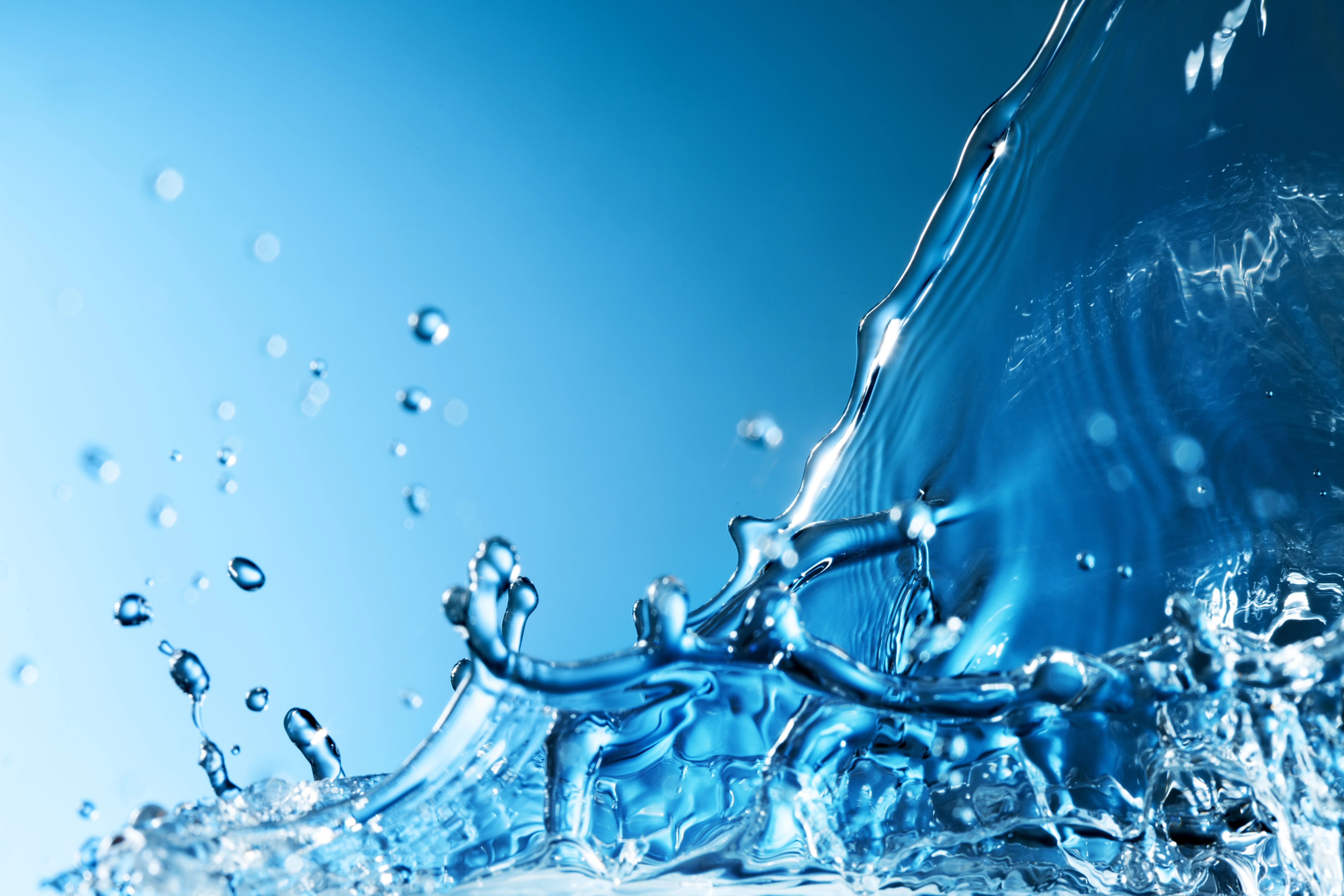The use of freshwater resources in Cyprus is “unsustainable”, Eurostat said on Friday, in an article to mark World Water Day, celebrated on March 22.
“With temperatures rising every year, droughts becoming more frequent and an increasing pressure on water resources, issues related to water exploitation and scarcity are becoming increasingly important,” Eurostat said.
It added that “the water exploitation index plus (WEI+) helps understanding the level of water scarcity by measuring total water consumption as a percentage of the renewable freshwater resources available for a given territory and period.”
“Values above 20 per cent are generally considered a sign of water scarcity and values greater than 40 per cent indicate severe water scarcity,” it said.
In 2022, the EU WEI+ was 5.8 per cent, an increase of 0.9 percentage points (pp) since 2000. It was “the highest value since this data collection started in 2000,” Eurostat said.
“Among the EU countries, Cyprus registered 71.0 per cent, indicating that freshwater resources use was unsustainable. In 2000, the WEI+ in this EU country was already 59.5 per cent,” Eurostat pointed out.
It added that Malta and Romania had values of 34.1 per cent and 21.0 per cent in 2022. Greece, Portugal and Spain with 13.8 per cent,10.1 per cent and 8.8 per cent respectively, were below the threshold of 20 per cent, but still above most EU countries.
Moreover, regional differences and the severity of water scarcity during the summer months are not visible in these annual national average values. In particular in southern Europe, water scarcity can be a severe issue in spring and summer, aggravated by high pressure on water resources through agricultural needs, public water supply and tourism, Eurostat said.
Latvia, Croatia, Sweden, Slovakia, Lithuania, Slovenia, Finland and Luxembourg all recorded values of the WEI+ index under 1 per cent, indicating they were not under water stress conditions.







Click here to change your cookie preferences